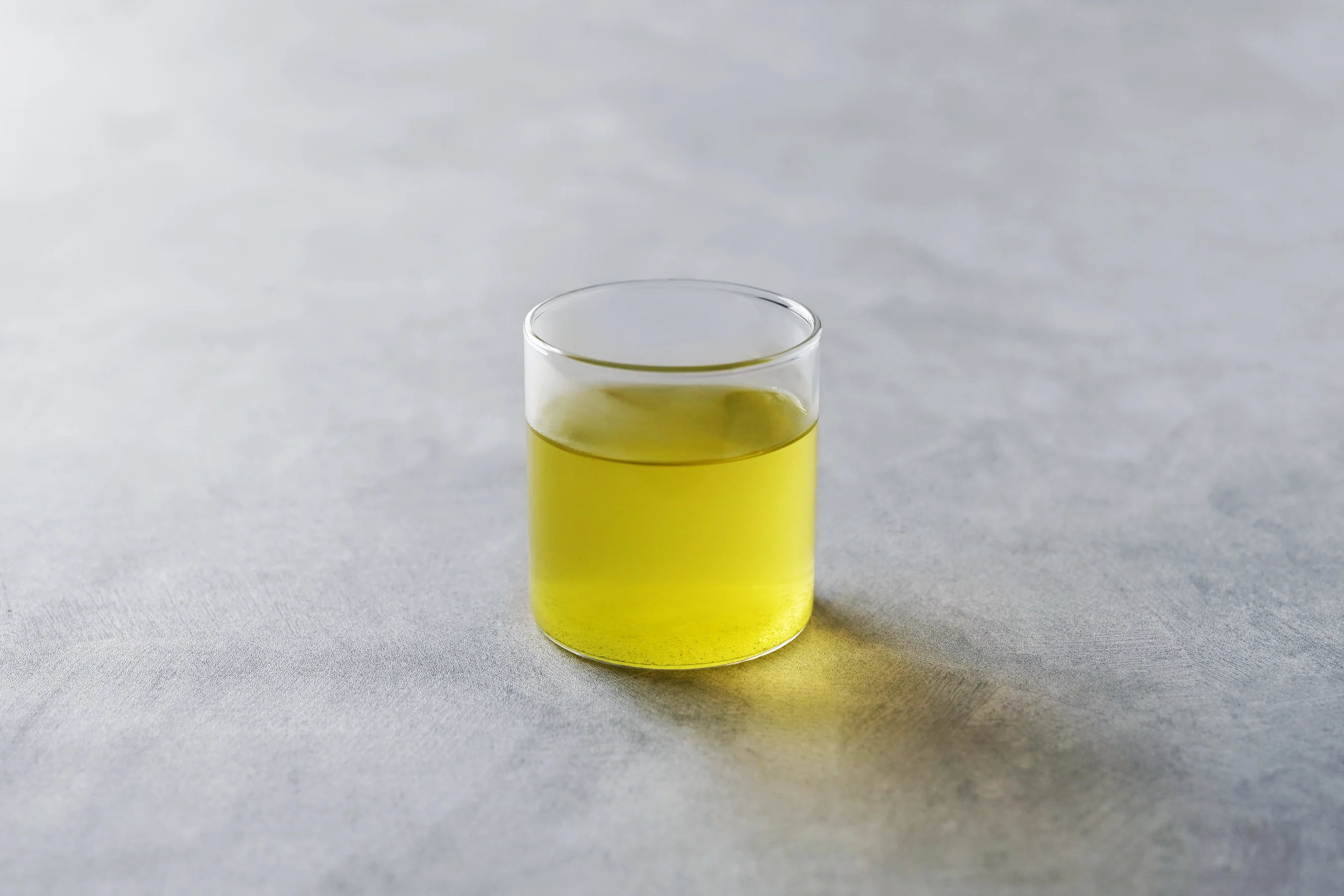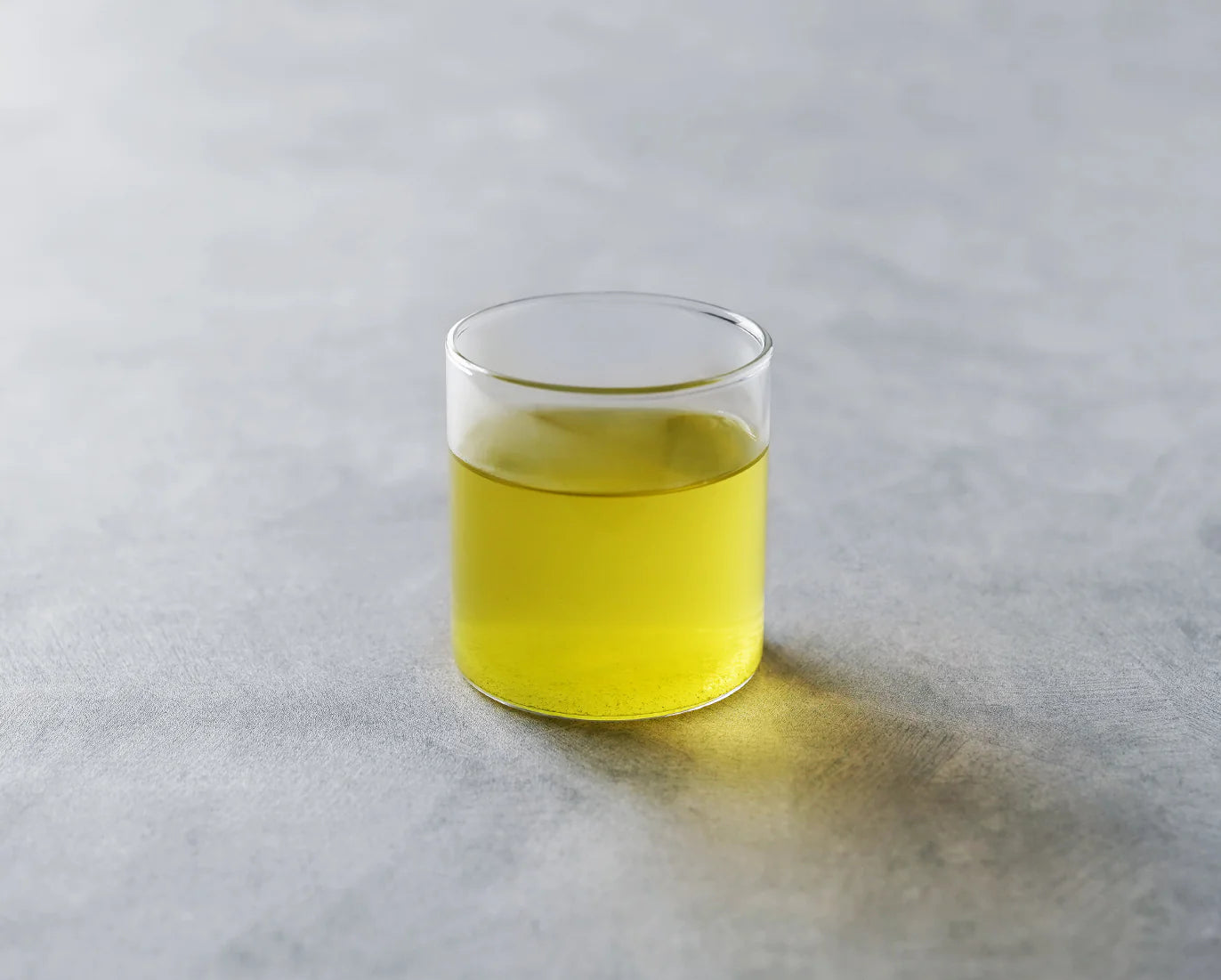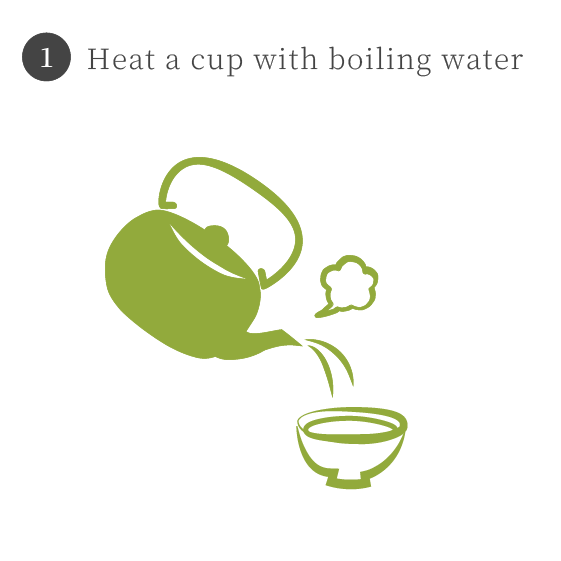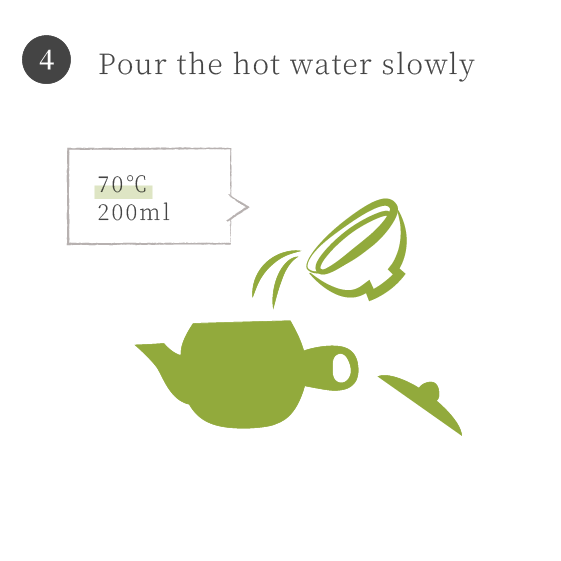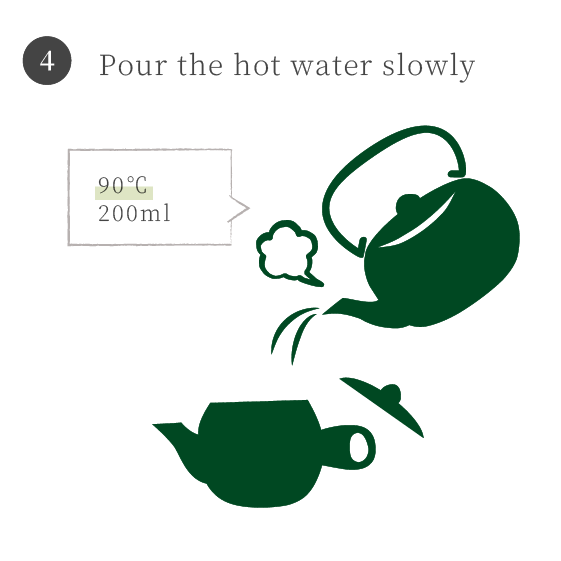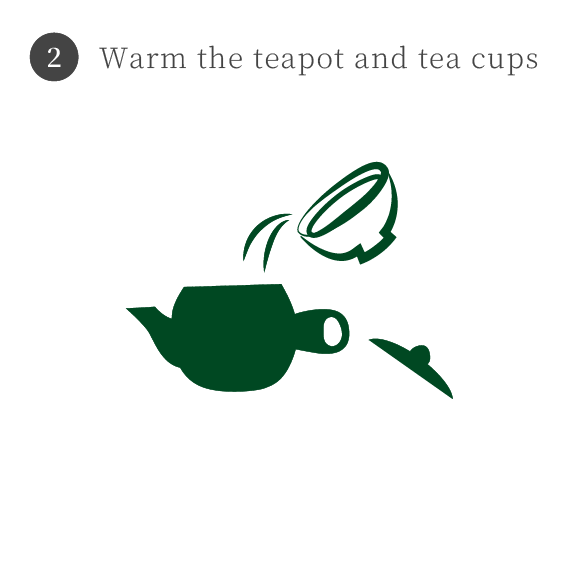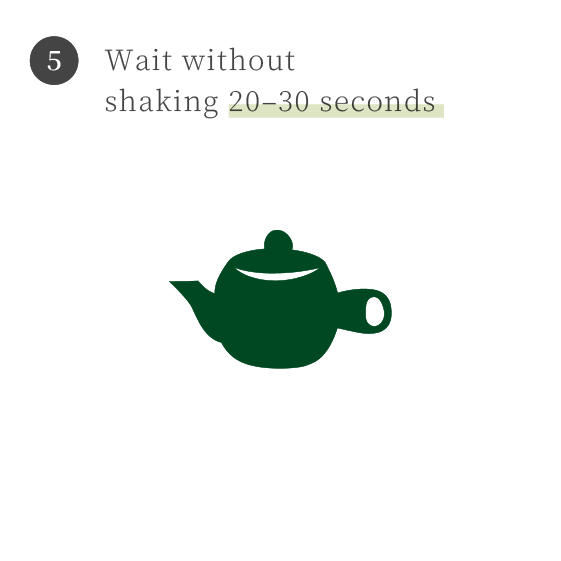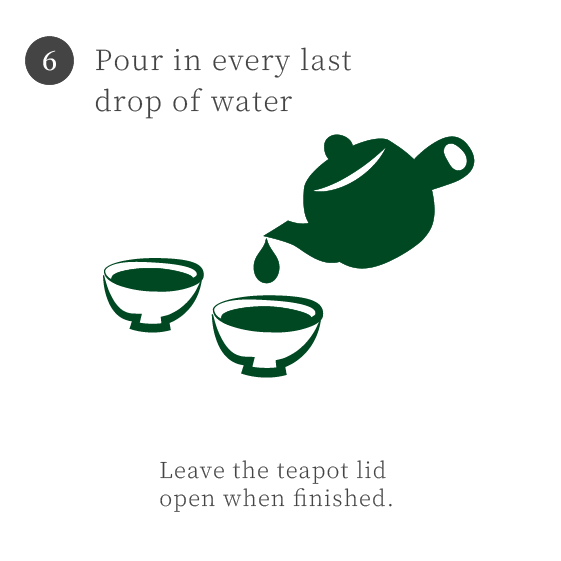The higher the price, the better the balance of sweetness, umami, bitterness, and astringency in the tea. The best sencha is so enjoyable that it makes you want another cup.
Sencha
What Is Sencha?
Sencha is the most widely grown and consumed Japanese tea. Unlike other types, sencha tea plants are exposed to full sunlight, which gives it a clear and brisk flavor with a balance of sweetness, umami, bitterness, and astringency. Recently, many tea farmers have started covering their tea fields for a few days before harvest to reduce bitterness and astringency and to make the leaves darker green. At Nakamura Tokichi, we choose sencha that is grown without this covering process, even though it might not look as vibrant.
Quality Differences
sweetness
Sencha has a different type of sweetness than gyokuro or kabusecha. It has a lively and sharp flavor.
Weak and barely noticeable. Sweetness may be detected, but it lacks depth, and the aroma fades quickly. The balance is off, with bitterness and astringency dominating.
umami
Well-balanced with sweetness, bitterness, and astringency. It is lively and doesn’t leave a lingering aftertaste.
The flavor is faint and may be noticed slightly after the sweetness, but it is not prominent.
bitter and astringent
Astringency and roughness fade, leaving a pleasant, refined bitterness. The tea is lively, clear, and well-balanced with a touch of sweetness.
Sharp and intense, with a flavor that may leave a strong, lingering impression.
aroma
A refined and clean aroma extends to the back of the nose, becoming more mellow and deep as the tea ages.
A strong, harsh flavor overshadows other aromas. Lacks complexity and doesn’t evoke the freshness of new tea sprouts.
colour
Glossy and shiny dark green. The tea leaves are narrow, long, and slightly thick in the center, with a round, aesthetic appearance.
Thick, stiff, and flat. The leaf veins are hard and large, with a dull surface and pale, dry appearance.
liquor colour
Clear, bright golden yellow, free from any redness or dark tones.
Yellow with a dark reddish tint. The color is pale and not vibrant, but a slight redness is acceptable as long as it doesn't impact the flavor.
How to Make Good Cups of Tea (for two)
A good balance of sweetness, umami, bitterness, and astringency is vital to sencha. This well-balanced character makes sencha indispensable to our daily lives. It is neither too bitter nor too sweet and pairs well with both meals and sweets.
You can enjoy its different flavors according to your mood.
How to bring out the sweetness
* After the second infusion, do not wait after pouring hot water, but pour it out.
How to bring out the bitterness
* After the second infusion, do not wait after pouring hot water, but pour it out.
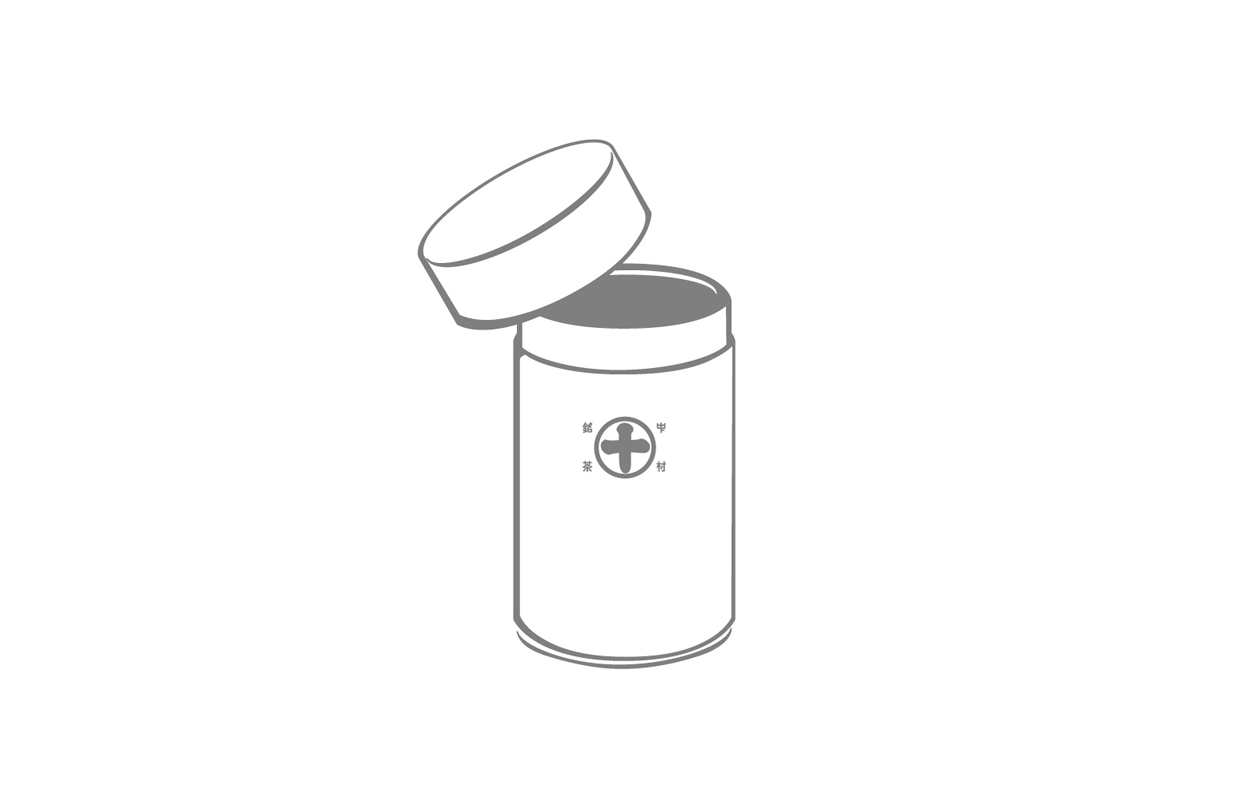
how to store
Here are some tips to keep your tea fresh and enjoy it to the fullest.



